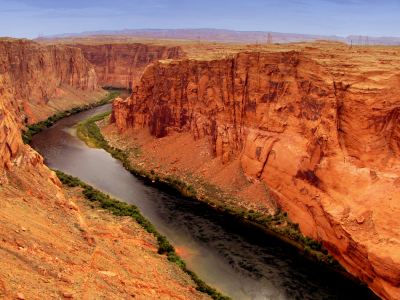Earth Science

Earth History
Plate Tectonics
Earth Cycles
Rocks and Minerals
Atmosphere and Oceans
- Ocean Currents: Mapping and explaining the ocean’s gyres
- Water in the Atmosphere: The factors that influence evaporation and condensation
- Weather, Fronts, and Forecasts: From observations to predictive models
- History of Earth's Atmosphere I: The origin of the modern atmosphere
- History of Earth's Atmosphere II: The rise of atmospheric oxygen
- Earth's Atmosphere: Composition, temperature, and pressure
- Factors that Control Earth's Temperature: Energy from the sun and greenhouse gases
- Circulation in the Atmosphere: Earth's tilt, orbit, rotation, and the redistribution of energy
Sign in or register
For an ad-free experience and access the Visionlearning Classroom, sign in or register.
